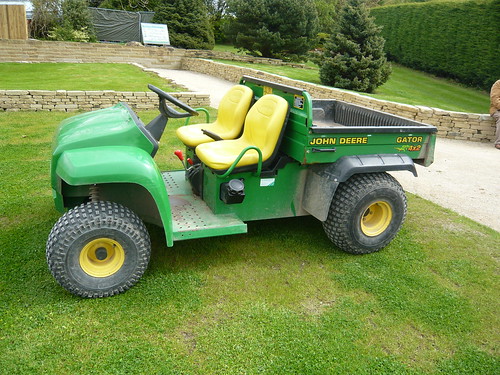Help on Planting Technique
Have a plan in mind and think about the plants you are going to grow.
Fruit, trees and shrubs will be long term investments and mature over time.
Bedding and vegetables may need different treatment, location, maintenance and nutrients.
Special gardens and collections of plants are even more complex. You almost get out of a garden what you are prepared to put into it!
Prepare Your Soil
- Eradicate nasty perennial weeds such as Dandelions, Bindweed, Couch grass and Ground Elder.
- Cover with thick black polythene for at least a year to smother the weeds or use a Glyphosphate based weedkiller like Roundup.
- Dig the soil 2 spits deep (2 spade depths or 20″). If the sub soil is very poor go one spit deep and create a raised bed to lift the height.
- Incorporate as much organic matter as you can. Use garden compost, rotted manure, spent mushroom compost and even council recycled and composted waste.
- Do not worry about a few stones but remove builders debris.
Good Fertilizers
- Dress the soil with a general purpose fertilizer that releases nutrients slowly. Rake into the top 4″ a week or so before planting.
- Growmore, fish blood and bone or just bone meal may increase overall fertility.
- Remember NPK stands for Nitrogen to help green leaf growth. Phosphor for strong roots and bulbs, and K for Potassium for fruit and flowers.
- Proprietary feeds can be expensive and I would only use them once the plants are growing in situ.
Planting and the Hole
- You may have heard about a £10 hole for a £5 plant. Well, dig a good size hole, break up the soil in the bottom, place the plant in the hole at the same level it was grown at and firm the soil around the root ball or roots.
- Stamp around the plant to firm it in again and use a cane or stake as needed for support and protection from wind rock.
- Plant into moist soil, soak container grown plants before planting and water in after planting.
- Mulch around the plant (but not touching the stem) to conserve moisture.
Read about Tree planting
How to improve your soil from Gardeners tips


4 thoughts on “Help on Planting Technique”
This is a great find for me! I’m going to forward these tips to my mum. Thanks for the guidelines. 🙂
The backyard on the first picture is like a castle’s backyard. Amazing green…must be in the UK.
Lots of good information here. I actually wrote an article about planting trees at http://www.tuppersteam.com/planting-tree/ if you’d like to read it.
After reading your article I realized that I never included anything about preparing the soil. If someone is able to plan that far ahead, those are definitely some good tips.
Comments are closed.